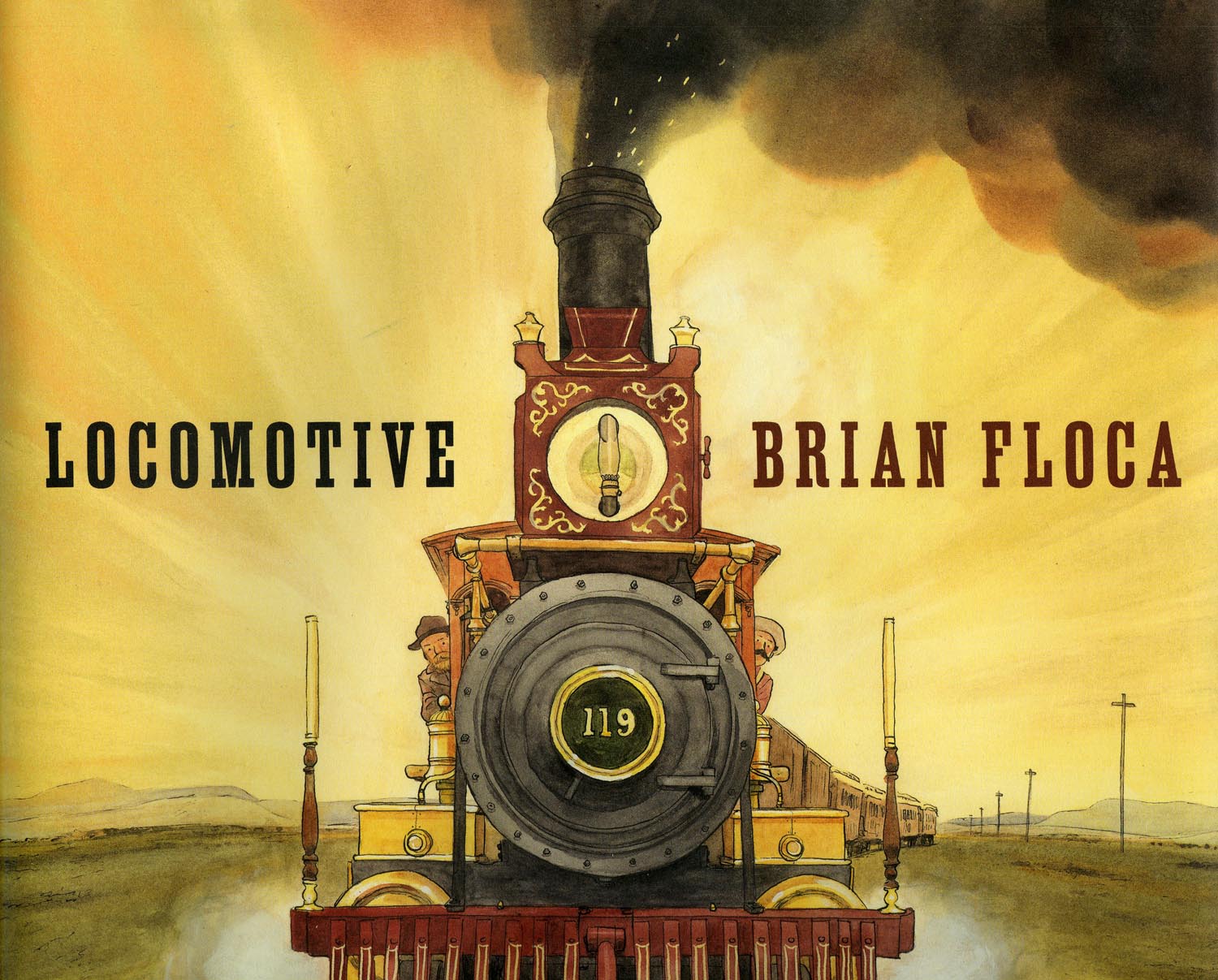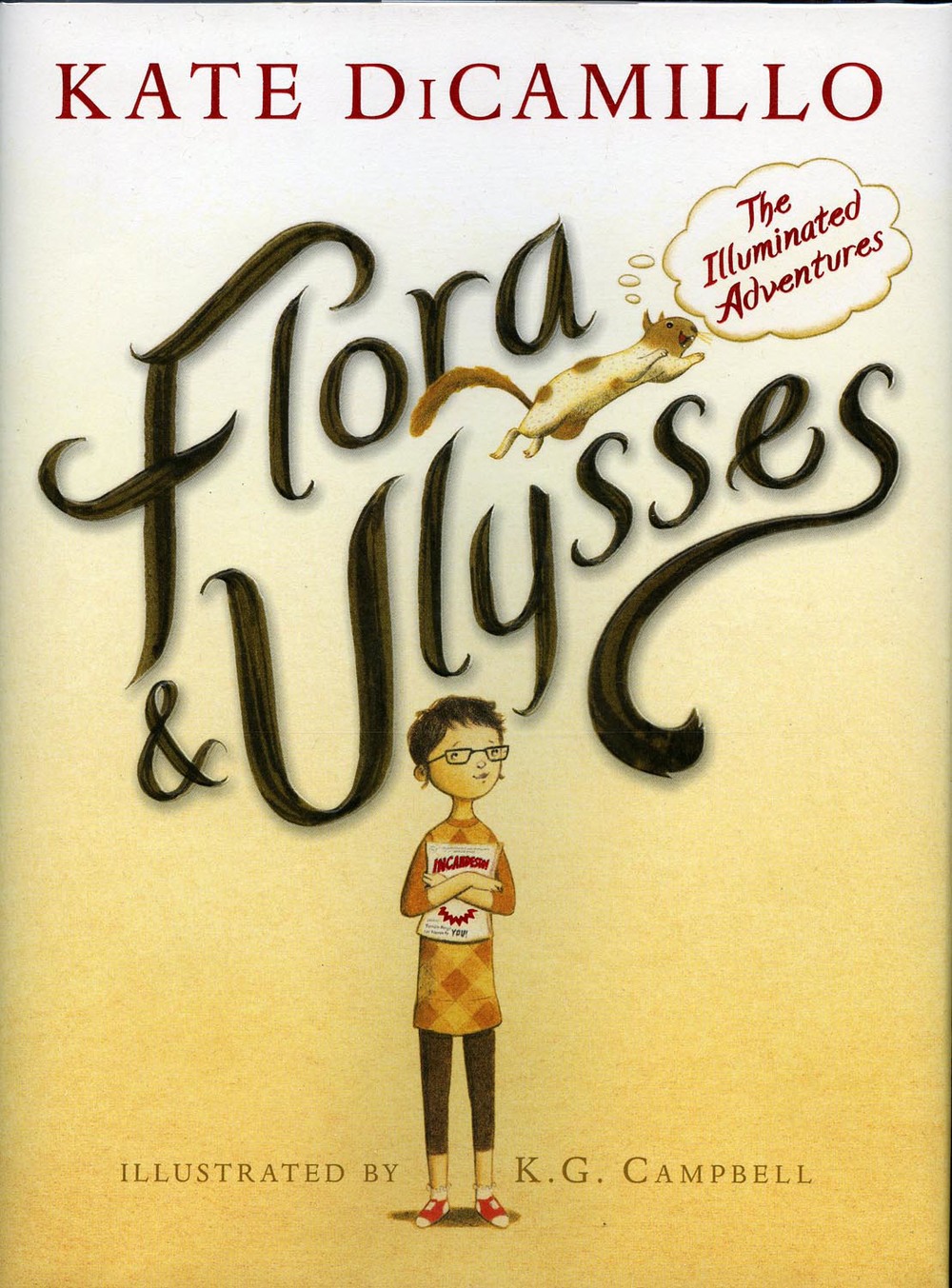Collecting Newbery & Caldecott Award-Winners
One of the first questions I field when lecturing about children’s book collecting is “Where do I start? How do I know what to collect?” It’s a legitimate concern for anyone starting out. The range of children’s books is so wide, the options are so diverse, that it’s hard to know where to begin. Series books? Pop-ups and movables? A particular author? Illustrator? There are no wrong answers, of course (except, perhaps, for book club editions), but focusing your buying helps both your budget and bolsters your expertise.
For those looking for high-points…books of exceptional quality that will likely retain both their literary and monetary value…it would be difficult to recommend anything better than the annual Newbery and Caldecott Award-winners. For the past nine years, I’ve been giving first edition, first printing copies of each year’s Medal books to my grandchildren at holiday time. Not only has it created a library of top-notch reading material for them, sure to be enjoyed for years to come, but…if they treat them gently…will represent a valuable investment by the time they reach adulthood.
Since 1922 (for the Newbery) and 1938 (for the Caldecott), the American Library Association has selected and awarded the best-written (Newbery) and illustrated (Caldecott) book for children published the preceding year. In addition, a few notable Honor Books are annually recognized in each category. A group of experienced librarians are appointed each year to make the selections and…though there are often nay-sayers and controversies…they’ve done a remarkably good job overall.
Of the hundreds of thousands of new kid’s books published each and every year, how many are really worthy of acquisition and will pass the test of time? Once you winnow out the vampire and zombie titles, the throw-aways based on television cartoons or internet games, the cookie-cutter series books, and those of limited artistic or literary merit, you’re left with a solid couple of hundred books of quality. The Award committees serve as the library, parent, and children’s communities best friend and confidante, reading and evaluating each title and coming up with a small handful of the very best of the very best.
Do they make mistakes? Of course! Madeline and Charlotte’s Web were named Honor Books rather than receiving the Caldecott and Newbery Medal and Curious George is completely missing. Many Honor Books are more deserving (or at least have weathered better) than that year’s Medal-recipient. And yet…taken as a whole…these relatively few titles represent a remarkably accurate history of children’s publishing through the 20th century, reflecting work by many of America’s most accomplished illustrators and authors.
The gold (Award) and silver (Honor) stickers that festoon the front covers of the Medal books have raised some questions among collectors. Does a book that displays a sticker constitute a true first edition? To my mind, at least in many instances, the answer is unquestionably “Yes.” The stickers are provided to libraries and bookstores after the award announcements are made and can be applied at that time to copies of the books on their shelves. It’s savvy merchandising! If a true first edition happens to be in their care, it gets a sticker. Of course, if a later printing is there too, it also receives one. The opposite is true as well: not every copy of an Award book lacking a sticker is a true first edition. The proof is in the book, not in the sticker. Still, there are some collectors who prefer a true first edition without a Medal sticker; the earliest state of the book available. Each collector determines where to draw the line.
There are several resources available to learn more about the Award books and additional avenues for collectors. The American Library Association issues comprehensive guides to all the Newbery and Caldecott Award and Honor books and updates them every few years. There’s also a wide range of supplemental books that cover the honorees speeches, uses of the Award books in the classroom, and biographies of the Caldecott and Newbery authors and illustrators. Many collectors also look for copies of the programs distributed at the Award banquets and (earlier) cassette tapes and (nowadays) CD’s of the Award speeches.
And it continues. Every year there will be new Award and Honor books to add to a growing collection. Which brings us to this year’s winners and our sincere congratulations to Caldecott-winner Brian Floca for Locomotive (Simon and Schuster) and Newbery-winner Kate DiCamillo for Flora & Ulysses (Candlewick Press).



